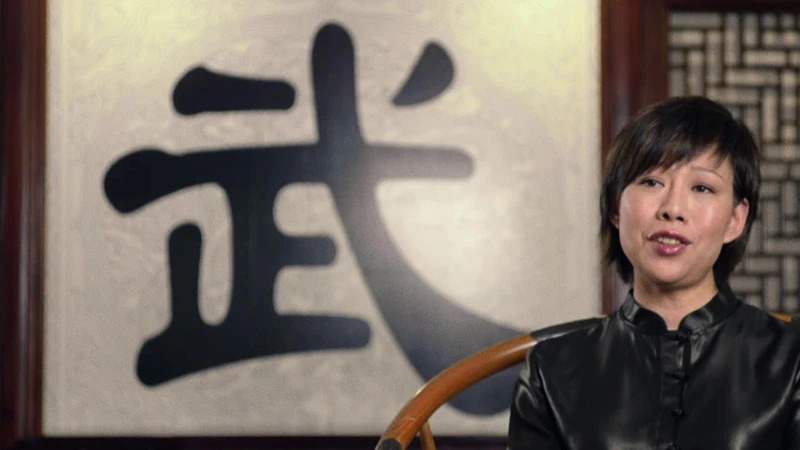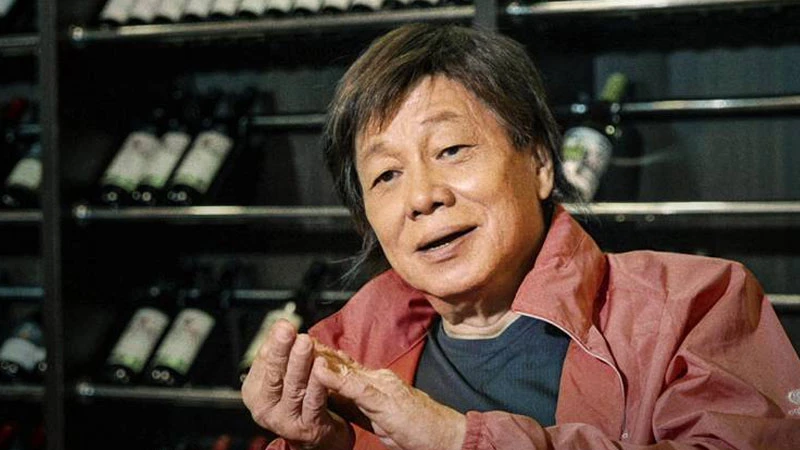Hong Kong's Cinematic Golden Age
In the annals of Hong Kong cinema, few moments capture the raw essence of filmmaking quite like the death-defying stunt performed by Yuen Mo in John Woo's (吴宇森) "Heroes Shed No Tears." (英雄不流泪) As recounted in the documentary "My Stunts," Yuen's backflip from a multi-story building without safety equipment was more than just a spectacular feat; it was a testament to the fierce competition and unwavering dedication that defined Hong Kong's film industry during its golden age.
This era, spanning from the 1980s to the late 1990s, saw Hong Kong cinema not only rivaling Hollywood in terms of action and spectacle but also serving as a unique cultural lens through which the complex relationship between Hong Kong and mainland China was examined and portrayed.
At the forefront of this cinematic exploration was the 1984 film "Long Arm of the Law," directed by Johnny Mak. This groundbreaking movie, now considered the progenitor of Hong Kong's gun-fu genre, did more than just entertain; it held a mirror to society, reflecting the tensions and perceptions that existed between Hong Kong and mainland China at a pivotal moment in history.
The term "Provincial Fighters" (省港旗兵), which became the film's Chinese title, encapsulated a specific group of mainland Chinese who found themselves on the fringes of Hong Kong society. These individuals, often former Red Guards or those seeking economic opportunities, became synonymous with crime and desperation in the public imagination. The film's portrayal of these characters was both sympathetic and unflinching, offering a nuanced view of their struggles and motivations.
The Changing Face of Mainland China in Hong Kong Films
Set against the backdrop of a rapidly modernizing Hong Kong, "Long Arm of the Law" highlighted the stark contrasts between the gleaming metropolis and the perception of a backward mainland. The film's realistic style, enhanced by the use of non-professional actors and on-location shooting in Guangzhou, brought an authenticity that resonated deeply with audiences. It captured a moment when Hong Kong stood as a beacon of prosperity and freedom, drawing those from across the border who sought a better life, often by any means necessary.
This cultural and economic divide was further emphasized in other films of the era, such as Ann Hui's "Boat People," which explored the plight of Vietnamese refugees, serving as a metaphor for Hong Kong's own uncertain future as the 1997 handover loomed. These films collectively painted a picture of Hong Kong as a land of opportunity, but also as a place of stark inequality and cultural tension.
As the years progressed and the 1997 handover approached, the tone of Hong Kong cinema began to shift. Films increasingly reflected the anxiety and uncertainty surrounding the return to Chinese sovereignty. The portrayal of mainland Chinese in Hong Kong films evolved, moving from the desperate criminals of "Long Arm of the Law" to more complex characters, though often still tinged with stereotypes and fear of the unknown.
The post-handover era brought about further changes in Hong Kong cinema's portrayal of mainland China and its people. As economic ties strengthened and mainland investment in Hong Kong's film industry grew, depictions became more nuanced and often more positive. Mainland characters were increasingly portrayed as successful businesspeople, government officials, or skilled professionals, reflecting the changing economic dynamics between Hong Kong and the mainland.
This evolution in cinematic representation mirrored the broader societal changes occurring in both Hong Kong and mainland China. As cities like Shanghai, Shenzhen, and Chongqing saw rapid economic growth, the once-stark contrast between Hong Kong and the mainland began to blur. The narrative of Hong Kong cinema shifted from one of cultural and economic superiority to a more complex exploration of shared heritage and intertwined destinies.
Today, Hong Kong cinema stands at a crossroads. While it may no longer dominate the Asian film market as it once did, its legacy continues to influence filmmakers worldwide. The daring stunts of yesteryear, exemplified by Yuen Mo's legendary backflip, have given way to new forms of cinematic expression. Yet, the spirit of innovation and the ability to capture the zeitgeist remain hallmarks of Hong Kong's cinematic tradition.
As we reflect on films like "Long Arm of the Law" (法律的长臂) and the era they represent, we are reminded of cinema's power to not only entertain but to serve as a historical document, capturing the hopes, fears, and realities of a society in flux. The evolution of mainland Chinese characters in Hong Kong films—from the desperate "Provincial Fighters" to today's more diverse representations—tells a story of economic transformation, cultural reconciliation, and the ongoing negotiation of identity in a globalized world.
The tale of Hong Kong cinema is not just about spectacular stunts or gripping narratives; it's a reflection of a city's journey through time, its relationship with its neighbors, and its search for identity in a changing world. As Hong Kong continues to navigate its unique position between East and West, its cinema will undoubtedly continue to evolve, offering new perspectives on the ever-changing dynamics of this vibrant region.



